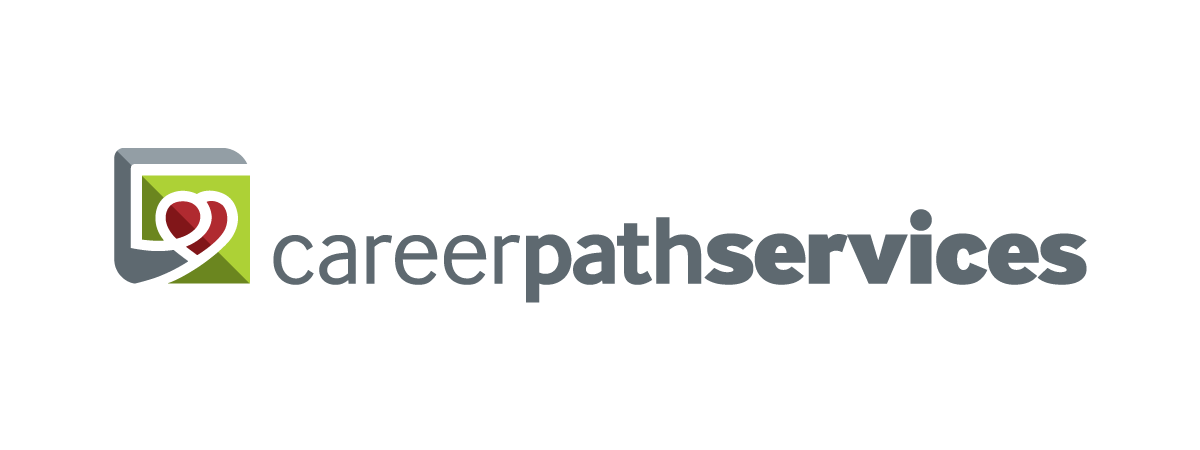WIA Programs
Career Path Services provides adult, youth, and dislocated worker services to Spokane, Benton, and Franklin Counties . We asked the WIA  Operations Manager at WorkSource Columbia Basin, Kayci Loftus, a few questions about how the programs work:
Operations Manager at WorkSource Columbia Basin, Kayci Loftus, a few questions about how the programs work:
(1) What new and exciting news can you share with us about your program(s)?
We were recently awarded a 1.3million dollar contract to serve impacted workers from the mass layoffs happening with Hanford. This contract will serve 400 laid off workers, assisting them through the transition period of obtaining skills upgrades, relocating or simply returning to work in a self sufficient occupation.
(2) Can you give me a brief overview of your program or the team you manage?
The Workforce Investment Act serves three populations: Disadvantages Adults, Disadvantages Youth and Dislocated Workers. The focus of WIA is training/education and employment. Within all three target groups, we look for ways to assist our participants in obtaining the formal training/education needed to become employable in self sufficient careers.
(3) What benefits are there to employers who hire from within your program(s)?
We offer a wide array of services to our employer customer including; On-the-job training and Work Experience, WOTC information, down-sizing support, Rapid Response assistance for those facing layoff, employee retention services/mediation, screening/hiring assistance, hiring event assistance and more.
(3) Who can benefit from your programs, and what are some of the specific requirements for each one?
Youth and Adult Eligibility: You are16 years or older, a citizen of US or eligible non-citizen, are registered with Selective Service (if male and low income.
Dislocated Worker Eligibility: You recently lost your job through no fault of your own and are unlikely to return to the previous occupation or industry; or a displaced homemaker who has been dependent on the income of a family member but are no longer supported by that income and are experiencing difficulty obtaining or retaining employment.
(4) What is your role as the program manager/director?
My role is oversight of case management, support service/voucher approval, quality control over file maintenance, partnership agreements including leadership and council meetings, solicitation of training providers, overall budget control/monitoring, goal establishment and achievement, maintaining fund source relationships, and oversight of accurate and timely data entry into SKIES.
(4) What are the general steps a customer seeking employment takes to become employed through your programs?
- Complete application and eligibility paperwork
- Complete training research packet if interested in training
- Complete training or certification program---earn degree or certificate
- Complete work experience and/or OJT (On The Job training)
- Intensive job search with Employment Specialist, mock interviews, etc.
- Become employed!
(5) How do job seekers looking for placement assistance generally find out about and contact your offices?
Inter-agency referrals, newspaper ads, craigslist ads, and public service announcements.
(6) Do you have any advice you would give to individuals seeking job placement assistance? Any advice for employers who may hire these individuals?
Applicants: Be patient and follow the process. Our workforce may seem limited right now, but there are good paying jobs out there.
Employers: take advantage of the program incentives. Essentially we are throwing money your way with WEX and OJT dollars and WOTC paperwork!
